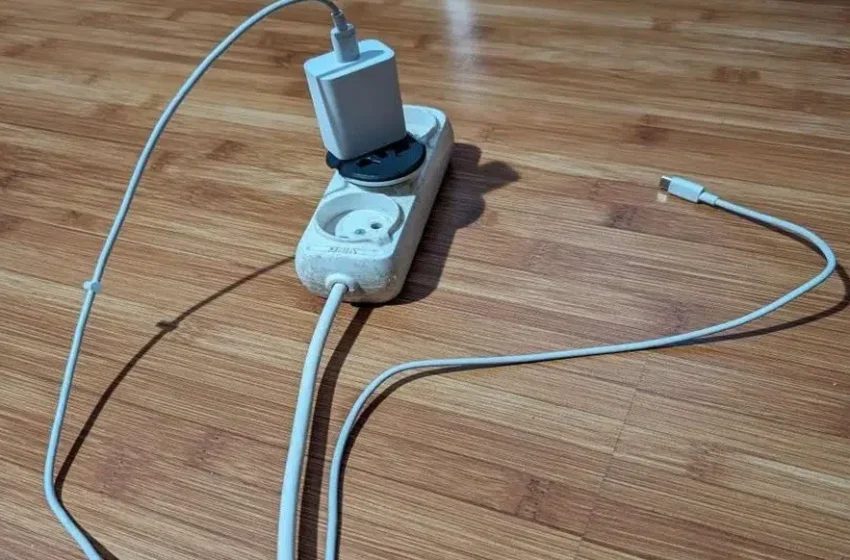Introduction
Chargers are everywhere in modern life—by the bed, on the desk, in the car, and scattered around the house. Because they’re so common, many people leave them plugged into the wall even when not in use. While this may seem convenient, it’s a habit that wastes energy, increases safety risks, and can even shorten the lifespan of your devices.
A Brief Background
As smartphones became central to daily life in the early 2000s, the demand for constant charging grew. Chargers started appearing in every room, often left plugged in indefinitely. What felt like a harmless routine slowly revealed its downsides—higher energy consumption, fire hazards, and environmental impact. Today, this everyday habit represents a larger conversation about responsible technology use and energy conservation.
5 Reasons to Unplug Your Charger
1. Wasted Energy
Even when not connected to a phone, chargers continue to draw electricity. The amount per charger is small, but multiplied across millions of households, it leads to significant energy waste—and higher utility bills.
2. Fire Hazard
A plugged-in charger constantly pulls current, which can cause it to heat up. Inexpensive or faulty chargers, combined with power surges or worn wiring, can spark and increase the risk of electrical fires.
3. Shortened Charger Lifespan
Keeping a charger plugged in exposes its internal components to continuous strain, even when idle. This accelerates wear and tear, forcing you to replace chargers more often.
4. Risk of Shock or Damage
Chargers left in the wall still have exposed prongs. Children, pets, or accidental spills can increase the chance of electric shock or damage to both the charger and your device.
5. Phantom Load & Environmental Impact
This “phantom load” refers to electricity consumed by devices that are plugged in but not in use. Reducing it not only saves money but also lowers carbon emissions, contributing to a greener planet.
Safety Enhancements
- Power strips with switches: Cut off power to multiple devices at once.
- Smart plugs: Schedule charging times and automatically shut off unused outlets.
- Certified chargers: Stick with safety-tested products and avoid cheap knock-offs.
Practical Tips
- Unplug chargers immediately after use.
- Place chargers on non-flammable surfaces while in use.
- Don’t cover them with bedding, pillows, or clothes.
- Replace damaged cords right away.
- Teach family members, especially children, about safe charging habits.
Energy-Saving Snapshot (the “Nutrition Label” of Tech Use)
- Energy wasted per charger per year: ~1–5 kWh
- Cost: Just a few dollars per household, but billions globally.
- Environmental effect: Equivalent to tons of avoidable carbon emissions worldwide.
Conclusion
Leaving a charger in the outlet without your phone may feel like a small convenience, but it’s an unnecessary drain on energy, a fire risk, and a habit that wears out your chargers faster.
Unplugging chargers is one of the simplest steps you can take to protect your home, save money, and support a healthier planet. Small changes in how we handle technology add up to a safer, more sustainable lifestyle.


